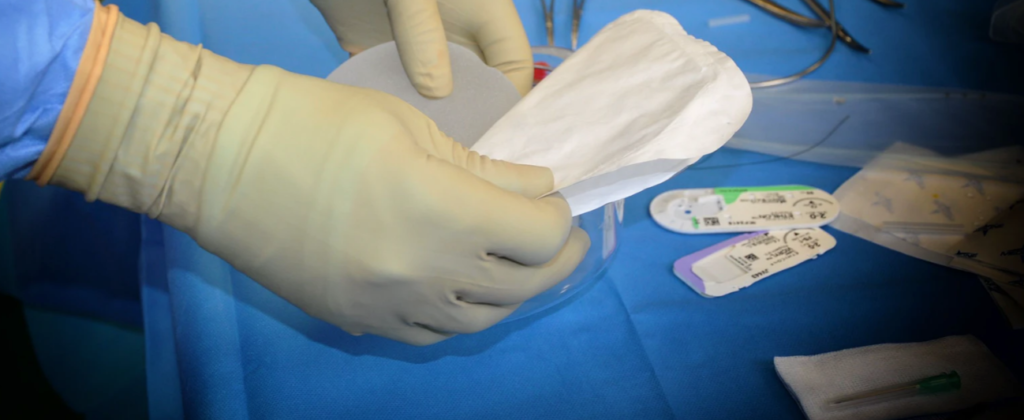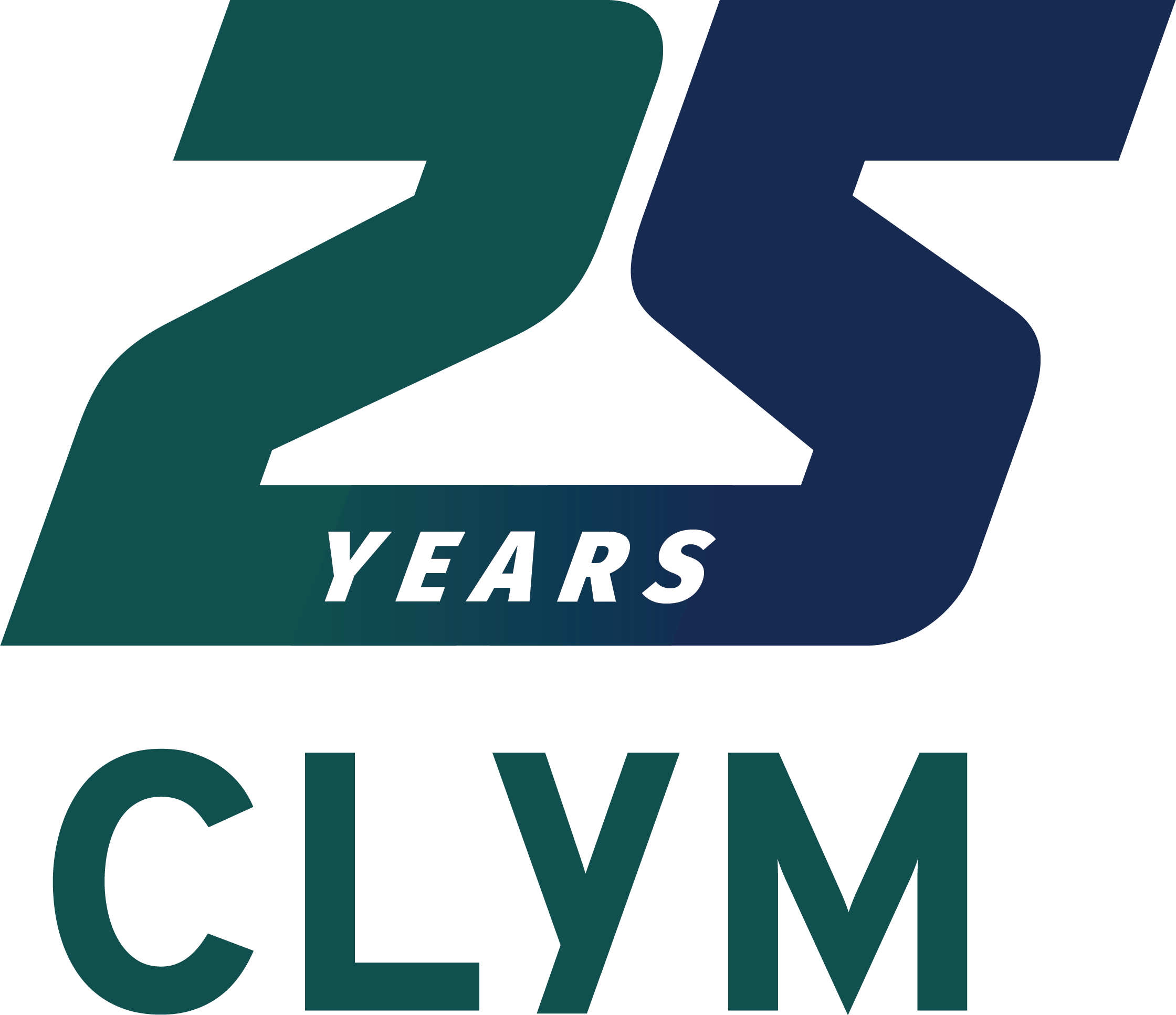
When it comes to medical waste, American hospitals are easily the most prolific producer. Practice Greenhealth, an organization that provides environmental solutions for the healthcare industry, estimates that 29 pounds of waste are created daily per staffed hospital bed– for a total of 5.9 million tons generated per year. According to Healthcare Finance, hospitals are the also the second-greatest user of commercial energy, right behind commercial food services, emitting approximately 8% of the country’s greenhouse gas emissions.
Research labs, clinics and individual healthcare practices are in the same boat. The spiraling cost of medical waste management is directly driven by these statistics. And while the financial price tag of disposing of biohazardous waste is significant, the cost to the environment is every bit as high. Reducing the amount of biohazardous material generated will be key toward more efficient waste management. Implementing these 10 steps will get your organization on track:
- Study the regulations. Knowing your state’s definition of “medical waste” vs. “regular waste” is the basis of an efficient waste management plan.
- Develop a formal waste management plan. Create an action plan for your organization on how to handle regulated medical waste. Communicate the necessary procedures to achieve your goals to every employee. Annually review your plan and share updates and changes regularly with affected staff and contractors.
- Educate staff. Even the most experienced personnel may not understand the proper segregation of every biohazardous waste stream. For example, unused pharmaceuticals and chemotherapy waste do not belong in red medical waste bags. Instead, they should be separated for disposal via only approved methods. Comprehensive waste management can be complex, don’t leave to overwhelmed staff members to try and figure it out on their own.
- Select reusable products. While many products are single use, some sharps containers and certain medical instruments can be disinfected and reused. Study your manufacturer’s instructions and local regulations carefully.
- Limit access. Store medical waste containers in secure areas that are convenient to the point of generation. But don’t let these be the only option for other wastes that do not meet the definition of medical waste. Anyone with access to these storage areas should be trained in medical waste segregation and disposal.
- Right-size containers. Large receptacles can sometimes make it easier for staff to use them as regular trash cans. Use the proper size and type of container that best fits the medical waste generated in each area.
- Separate receptacles. Provide containers for all waste streams generated in a given area. Signage and labeling can be an effective means of helping staff remember what waste belongs in a given container.
- Color code. Adopt a color code strategy for each waste stream and train your staff on the code. Color cues help!
- Post signage. Visual reminders and pictograms help staff and others understand the importance of separating biohazardous from recycling, solid waste and other hazardous waste.
- Conduct waste audits. Do periodic spot checks to see if your medical waste is being disposed of correctly and that your plan is being followed. Share your findings with staff and provide retraining when required.
A progressive, forward-thinking, waste management plan is a proven and cost-effective way to improve an organization’s bottom line and help preserve the environment. Clym Environmental Services (Clym) routinely assists our clients with waste stream audits, comprehensive management plans and total waste management services. Contact us today if you’re ready to improve your institution’s commitment to effective, efficient waste management!
